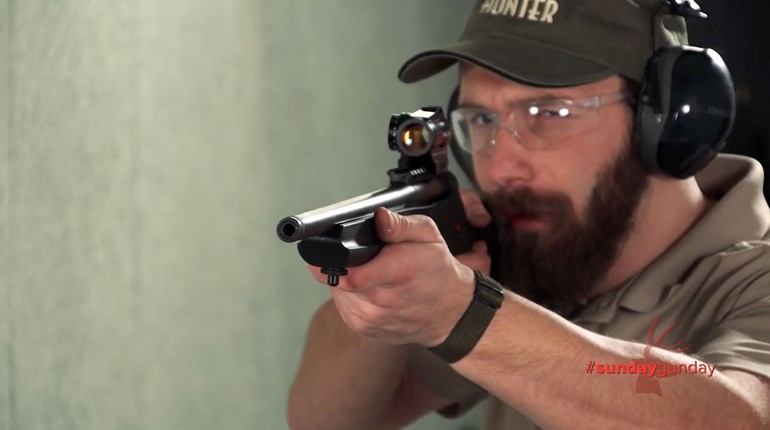
The difference between calling something an “art” as opposed to a “science” is that a science is supposed to have predictable, clear variables, whereas an art is up for interpretation. That said, telling a buck from a doe track is an art. But there are telltale things to look for. When you add up the clues, they’ll tell you if it’s a buck or a doe.
• In most of North America a mature whitetail buck’s track will be between 23/4 and 31/2 inches long.
• Sharper toes typically indicate a younger deer, but this varies with terrain, as harder, rocky terrain rounds off hooves.
• Rear tracks of younger deer or does tend to step on or slightly overlap their front tracks.
• Bigger bucks have wider chests and longer strides than younger bucks and does; a mature buck’s tracks might be 6 to 8 inches apart (left to right).
• In thick cover a doe might step between things a buck with antlers 15 or more inches wide can’t.
• Does tend to squat and pee whereas a buck’s plumbing causes him to pee farther forward; also, a buck will tend to dribble a little urine as he walks.
• Bucks might drag their feet more than does, but this can be deceiving, as it is dependent on terrain, the depth of the snow and more.




































